It was a superior hospital. Hague was involved in that hospital. My Jim worked there for 30 years and retired from there. It was a nice hospital and he loved working there. It’s condos now. A friend of mine who lives there said they took away the concrete walls and replaced them with sheetrock. I don’t know if that’s true or not, but if it’s true, they should not have done that. Those concrete walls would have lasted forever. They built them strong back then. (Rose, not her real name)
The Beacon, which today is a luxury housing development, was once the Jersey City Medical Center, one of the most well-known and revered places in the city. Many residents proudly proclaim they or their family members were born there. Others are quick to point out they worked there or had family members who did. As former Mayor Jeremiah T. Healy (2004-2013), once said: “The buildings are connected to the heart of Jersey City history. People care about them.”

The creation of the Medical Center was the result of the efforts of Frank Hague, the legendary mayor of Jersey City and Democratic boss of Hudson County, to provide affordable and free health care to residents. It was also a way to provide jobs for his constituents and support for Hague’s political machine.

From 1928 to 1941, the Medical Center grew into a complex of 11 buildings. over 14 acres. Many of the buildings were added through federal money provided by the Works Progress Administration during the Depression as a reward for Hague’s support of Franklin D. Roosevelt’s bid to become president in 1932.
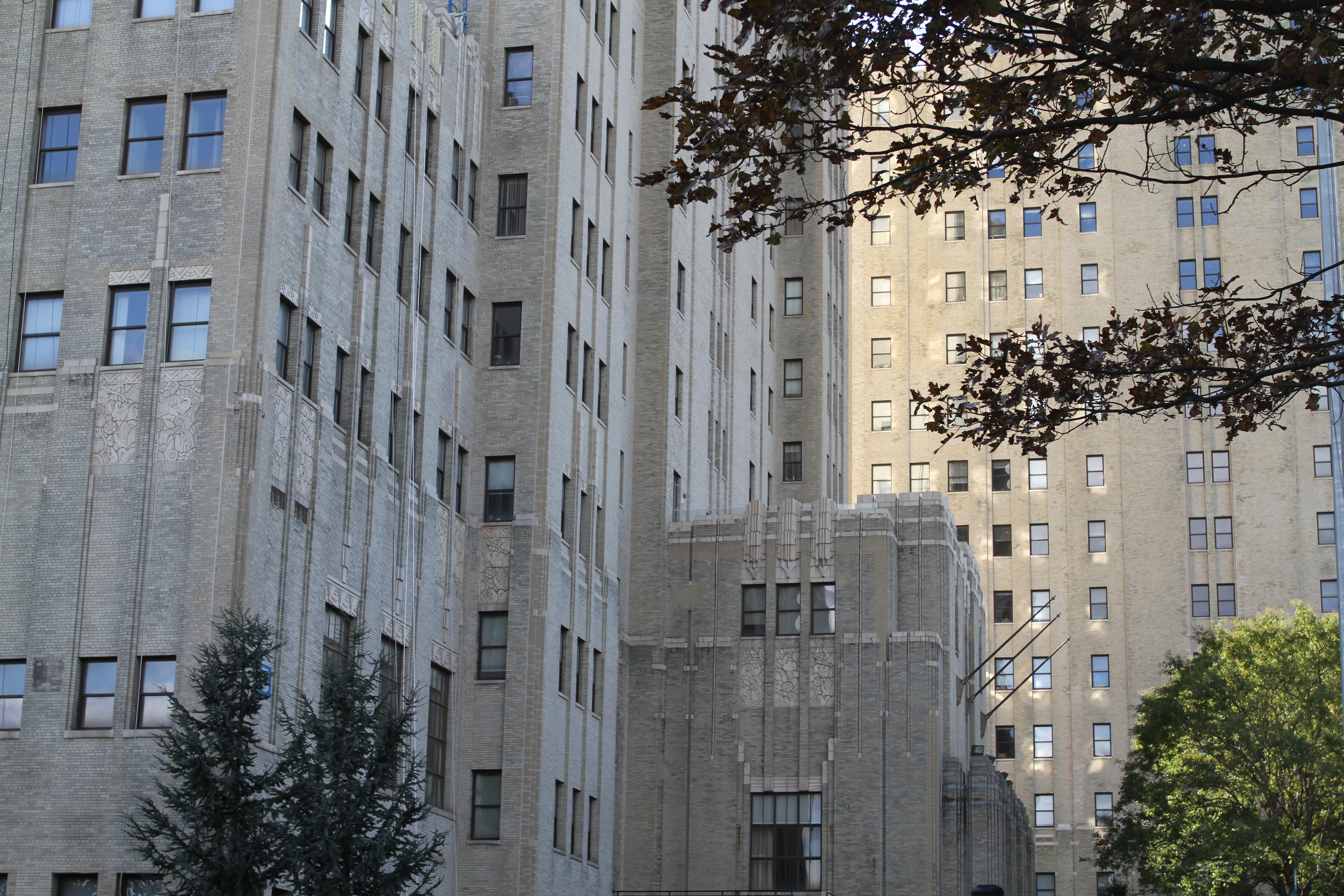
The complex’s most famous building is probably the Margaret Hague Maternity Hospital, an icon in the collective memory of the city, and is said to have delivered more babies than any other hospital in the nation. at the peak of its operation. At the same time, its infant mortality was much lower than the national average.

Ultimately, the Medical Center turned out to be an overly ambitious project that became too big for a small city with too many staff for the number of patients it served, resulting in major annual budget deficits. In 1988, it went into bankruptcy becoming a private, nonprofit organization. In 2004, the Medical Center moved downtown to Grand Street.
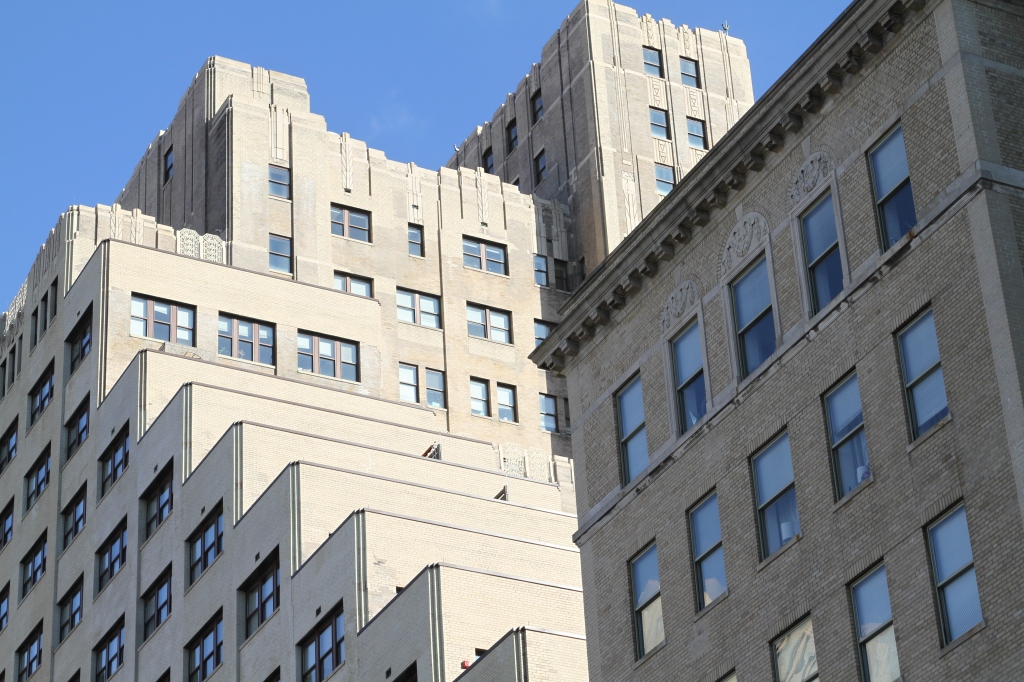
There was disagreement about what to do with the Medical Center as far back as the late 1980’s. Some wanted it to become housing in order to generate income for the city. Others said it was a public treasure that should be put to public use for administrative or cultural purposes. The mayor at the time, Anthony J. Cucci favored converting the site into housing since he felt it was a great need. Glenn Cunningham, the president of the City Council, agreed but added that it should be ”affordable housing where working people can live, rather than luxury dwellings for the rich.” A consulting group, hired to study how the site could be converted into housing, concluded that building mixed-income housing there was a feasible option. (Source: Courtney, Marian. “In Jersey City Medical Center’s Future is Planned.” New York Times, 26 April 1987)

However, that’s not what happened. In 2002, the City sold the old Medical Center to Metrovest Equities for $6.5 million. The developer renamed it The Beacon with a proposal to convert 8 of its buildings, ranging from 8 to 22 stories, into 1200 market-rate rental and condominium apartments, along with some space for commercial and cultural enterprises.
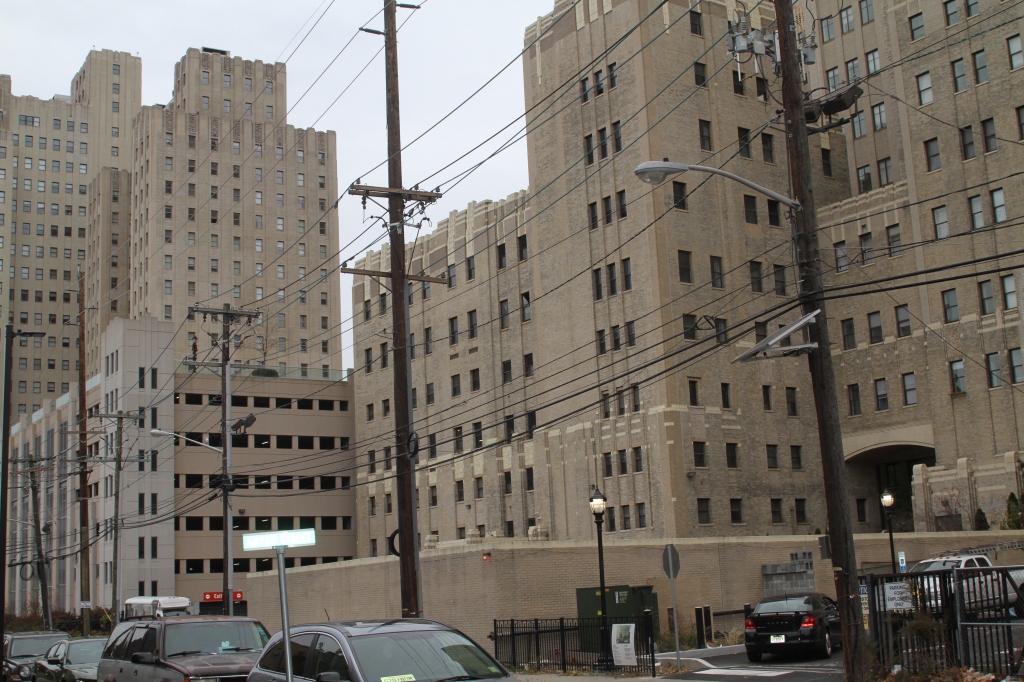
In describing his plan to redevelop the complex to a New York Times reporter,, the owner said, without irony, that “we are going to focus on the large group that has been shut out of the market for a number of years” — referring, the reporter added, to those who want to own condos in Jersey City but can’t afford to live by the waterfront. (Source:Courtney, Marian. “In Jersey City Medical Center’s Future is Planned.” New York Times, 26 April 1987)

In 2005, there was a debate over a proposal to give the owner a tax break, in the form of a tax abatement, to develop the property. At a city council meeting to discuss the proposal, over 20 residents showed up to voice their disapproval. Some argued against the sale of city-owned property for luxury housing saying that affordable housing, jobs and recreational facilities were more needed. One resident, a mother of two said: “I just want to know where we are supposed to go … all the developments that are going on in Jersey City are not affordable at all. I struggle to pay rent every day. I work to pay for it.” (Source:Kaulessar, Ricardo. Hudson Reporter, 22 August 2005).
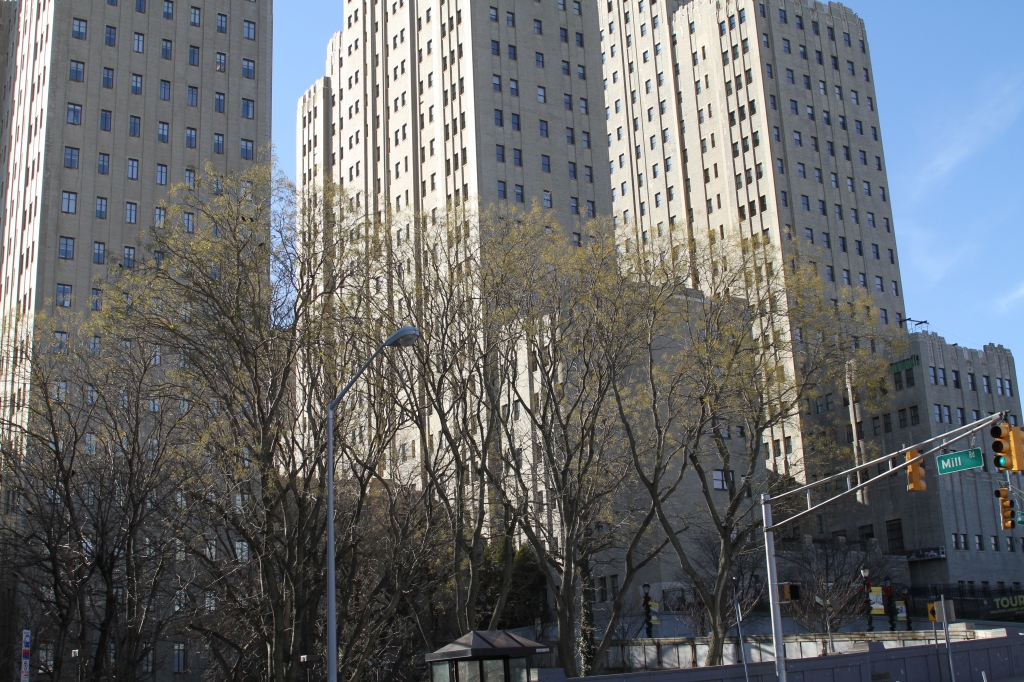
Despite some misgivings, most city council members voted in support of the tax break for the developer who said he would be willing to discuss the inclusion of some affordable housing in the project. The developer received several 30 year tax abatements to renovate several buildings. These tax breaks were described at the time as, “the most generous in the city’s history.” As it turns out, no affordable housing was included in this project. And, despite the controversy over the city subsidizing this luxury housing project, the director of the city’s redevelopment agency said that the plan to redevelop the Medical Center was in the community’s best interest.

Converting the Medical Center into apartments was a challenge because its Art Deco style buildings had to be restored to their original condition inside and out. Because of this, the developer received several government grants to help pay for it. According to a spokesperson for one of the companies involved in the restoration process at the time,, “it is the largest rehabilitation project in the country and in the history of New Jersey.” The company also claimed the project received the largest Historic Preservation Tax Credit in the nation.
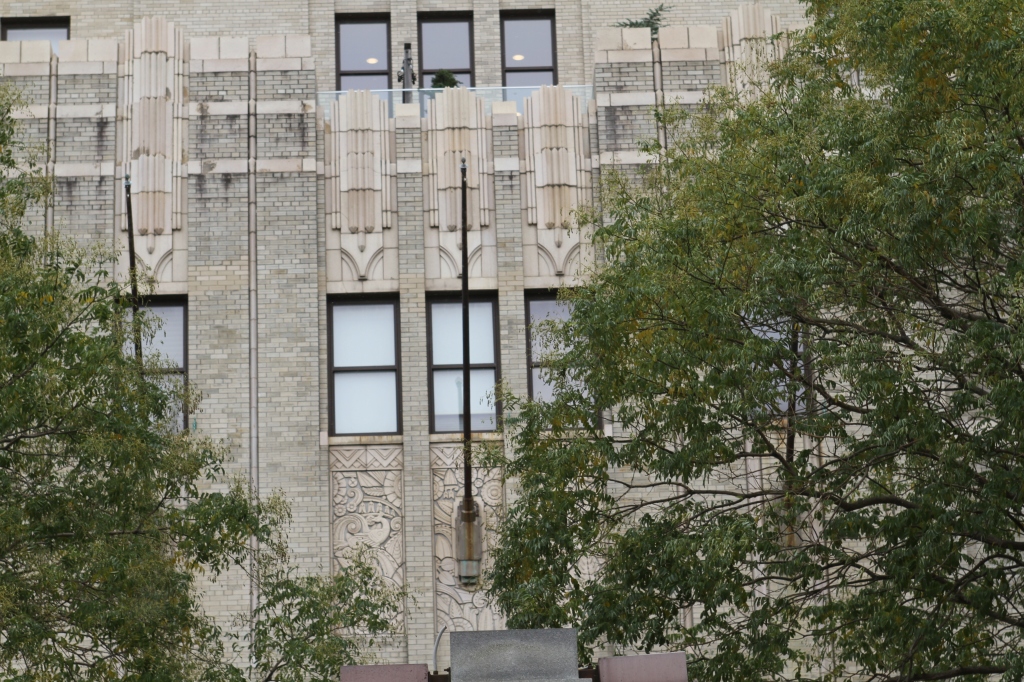
The Art Deco design of the Medical Center became a main selling point in marketing the property. Media accounts often referred to the buildings’ terrazzo floors, marble lobbies, glass and brass railings inside as well as its exterior decorative features. The renovated buildings were renamed after well-known Art Deco theaters.

While the Beacon’s completion may be seen as the successful transformation of a financially troubled hospital into a housing development, its road there was rocky. In 2007, the first two buildings, named the Rialto and the Capital, were completed, but by 2010, renovation of a third building, the Mercury, stopped as the housing market declined. The developer was unable to obtain financing and was forced to auction off some condos while others lost half their value. One report in 2012 noted that the Beacon’s buildings “are only partly developed and face hundreds of millions of dollars in construction costs and an uncertain future.”

In 2012, with the real estate market still in decline, Metrovest sold five off the undeveloped buildings to another developer for $46 million. In 2013, the NJ Economic Department Authority provided $33 million for the next stage of redevelopment of the buildings into luxury housing and commercial space. By 2016, as the market improved and the former Margaret Hague Maternity Hospital was renovated into apartments completing the transformation of 8 buildings.
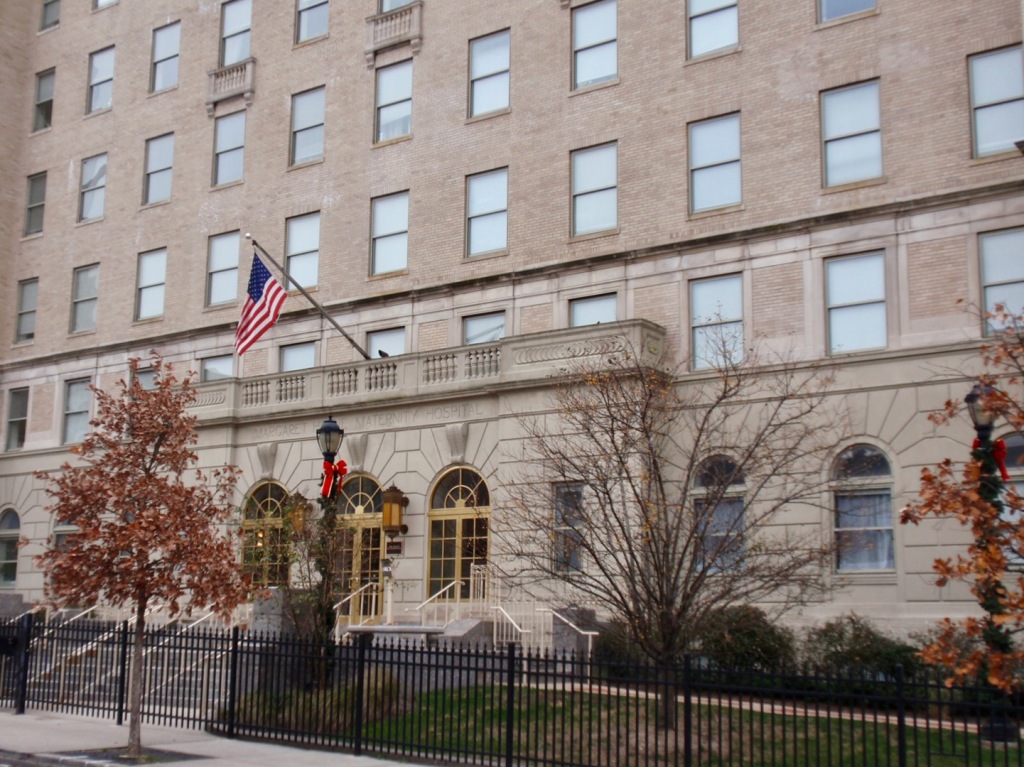
Was the Beacon a lost opportunity? Since the city owned the site it could have ensured that its redevelopment would serve the needs of all of the city’s income groups as the consultants it hired to assess the property suggested. It could have been a model of equitable redevelopment to serve the housing and economic needs of all the residents.

The Jersey City Medical Center was built by the city’s workers and paid for with their tax dollars. Its restoration and transformation into luxury housing was also subsidized with millions of their tax dollars but with little benefit to them.
Follow This Blog
Get new content delivered directly to your inbox.
- Gentrification Math & the False Promise of Affordable Housing
- Why is the City Selling Public Property to Luxury Housing Developers?
- Why So Much Luxury Housing in a City Where Most Can’t Afford It?
- Why Do So Many New Apartment Houses Look Alike?
- Signs of Gentrification: House Numbers, Their Color and Design
